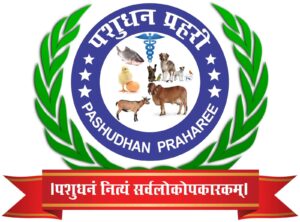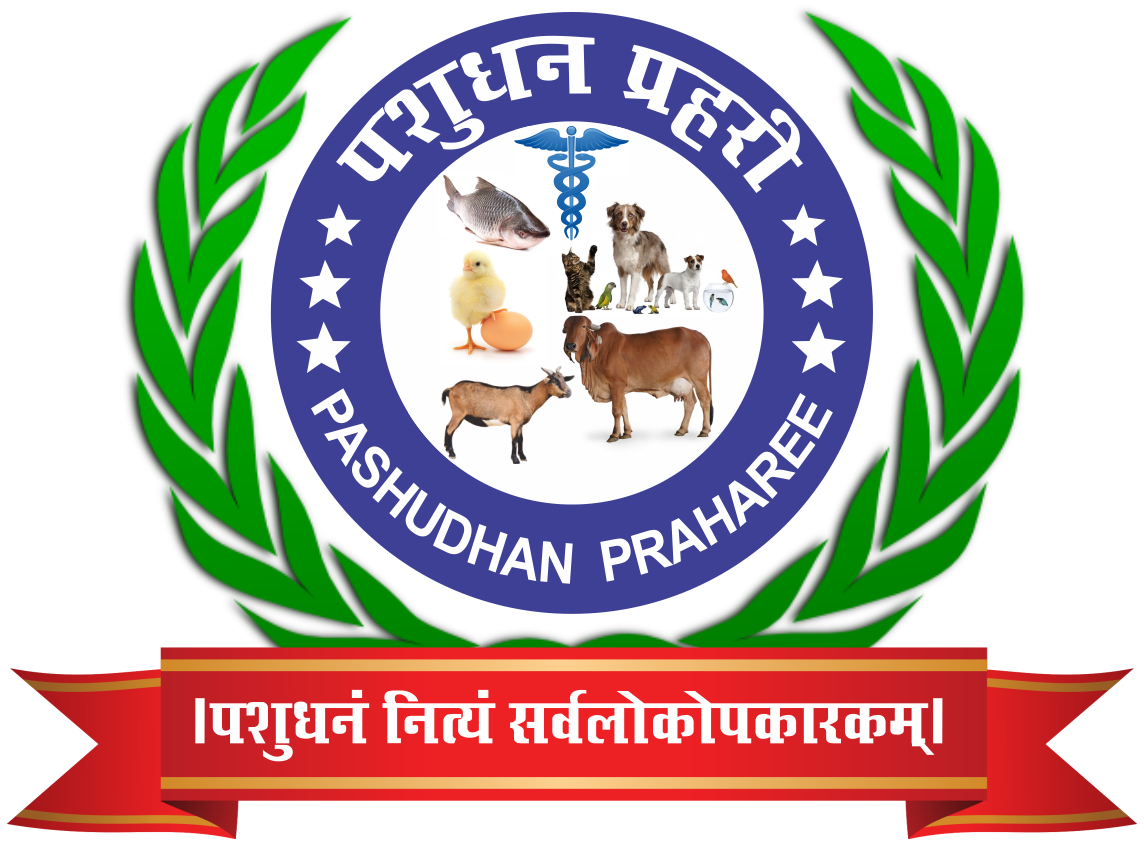Empowering Tribal Women through Piggery in Jharkhand and West Bengal
Introduction
Jharkhand and West Bengal, states in eastern India, are home to significant tribal populations that have traditionally relied on agriculture and allied activities for their sustenance. In these communities, pig farming has emerged as a crucial livelihood activity due to its low investment requirements, adaptability to local conditions, and the cultural acceptance of pork consumption. Empowering tribal women through piggery not only enhances household incomes but also promotes social inclusion and economic independence.
Significance of Piggery in Tribal Communities
- Economic Viability: Pig farming requires relatively low initial investment and offers quick returns, making it an attractive option for small-scale farmers. Pigs have high feed conversion efficiency and can thrive on agricultural by-products, reducing feed costs.
- Nutritional Benefits: Pork is a rich source of protein and essential nutrients. Rearing pigs ensures a steady supply of meat for household consumption, improving nutritional standards within the community.
- Cultural Relevance: In many tribal societies, pigs hold cultural and social significance, often being integral to traditional ceremonies and festivals. This cultural acceptance facilitates the integration of pig farming into daily life.
- Market Demand: There is a consistent demand for pork in local markets, and with proper management, piggery can become a sustainable source of income.
Empowering Tribal Women through Piggery
In tribal communities, women play a pivotal role in managing household livestock. Empowering them through piggery initiatives can lead to:
- Economic Independence: By engaging in pig farming, women can contribute to household income, enhancing their financial autonomy.
- Skill Development: Training in piggery management equips women with valuable skills, increasing their confidence and societal standing.
- Improved Decision-Making: Economic contributions by women often lead to greater participation in household and community decision-making processes.
- Social Empowerment: Collective piggery activities, such as forming cooperatives, foster solidarity among women, enabling them to address common challenges and advocate for their rights.
Standard Management Practices in Pig Farming
Pig farming is a significant livelihood activity among tribal communities in Jharkhand and West Bengal, offering economic benefits and nutritional security. Implementing standard management practices, complemented by ethnoveterinary traditional knowledge, can enhance pig health, productivity, and sustainability in these regions.
- Breed Selection: Choosing the right breed is crucial. Indigenous breeds are well-adapted to local conditions, but crossbreeding with high-yielding varieties can improve growth rates and meat quality.
- Housing: Proper housing protects pigs from extreme weather and predators. A well-ventilated, clean, and spacious pigsty with adequate drainage is essential to prevent diseases.
- Nutrition: Balanced diets ensure optimal growth. Incorporating locally available feed resources like kitchen waste, agricultural by-products, and green fodder can reduce costs and provide necessary nutrients.
- Health Management: Regular health check-ups and vaccinations are vital. Maintaining hygiene, isolating sick animals, and timely veterinary interventions help in disease prevention and control.
- Breeding Management: Monitoring reproductive cycles and ensuring proper mating practices lead to healthy litters. Record-keeping of breeding activities aids in managing genetic lines and improving stock quality.
- Waste Management: Effective disposal of pig waste through composting or biogas production maintains farm hygiene and provides additional resources like manure and energy.
Application of Ethnoveterinary Traditional Knowledge
Ethnoveterinary medicine involves the use of traditional practices and herbal remedies for animal health care. In Jharkhand and West Bengal, tribal communities possess rich ethnoveterinary knowledge, which can be integrated into modern pig farming practices.
- Herbal Remedies:
- Deworming: Plants like Oroxylum indicum are used to expel internal parasites. Farmers prepare decoctions from the bark or roots and administer them orally to the pigs.
- Fever Management: Rhus chinensis is utilized to reduce fever. Leaves are boiled, and the extract is given to the affected animals.
- Diarrhea and Dysentery: Species such as Spondias pinnata, Rhus similata, and Curcuma caesia are employed to treat gastrointestinal issues. Extracts from these plants are mixed with feed or water.
- Wound Healing: Gynura cusimbua leaves are known for their healing properties. Crushed leaves are applied directly to wounds to promote faster recovery.
- Ectoparasite Control: Ash from burnt paddy husk or neem (Azadirachta indica) leaves is dusted over pigs to repel ticks and mites.
- Foot and Mouth Disease (FMD) Management: A mixture of turmeric (Curcuma longa) and mustard oil is applied to lesions in the mouth and feet to aid healing.
Integrating Traditional Knowledge with Modern Practices
Combining ethnoveterinary practices with standard management can lead to holistic pig farming approaches:
- Cost-Effectiveness: Utilizing locally available medicinal plants reduces dependency on commercial drugs, lowering expenses.
- Sustainability: Herbal remedies are biodegradable and environmentally friendly, promoting sustainable farming.
- Community Engagement: Involving local communities in documenting and applying traditional knowledge fosters a sense of ownership and cultural preservation.
Challenges and Recommendations
- Documentation: Many traditional practices are orally transmitted, risking loss of knowledge. Efforts should be made to document and validate these practices scientifically.
- Standardization: Dosages and preparation methods of herbal remedies need standardization to ensure efficacy and safety.
- Training and Awareness: Educating farmers about integrating traditional and modern practices can enhance pig farming outcomes.
The integration of standard pig farming management practices with ethnoveterinary traditional knowledge in Jharkhand and West Bengal offers a robust framework for sustainable and profitable pig farming. This approach not only improves animal health and productivity but also preserves valuable cultural heritage.
SWOT Analysis
A SWOT analysis provides insights into the strengths, weaknesses, opportunities, and threats associated with empowering tribal women through piggery in Jharkhand and West Bengal.
Strengths
- Resource Availability: Abundance of local feed resources and suitable climatic conditions favor pig farming.
- Cultural Acceptance: Pork consumption is culturally accepted, ensuring a ready market.
- Low Capital Requirement: Minimal initial investment makes piggery accessible to low-income households.
- High Reproductive Rate: Pigs have a short gestation period and large litter sizes, leading to rapid herd expansion.
Weaknesses
- Limited Access to Veterinary Services: Inadequate veterinary infrastructure leads to challenges in disease management.
- Lack of Training: Insufficient knowledge of modern piggery practices hampers productivity.
- Market Constraints: Poor market linkages and lack of organized marketing reduce profit margins.
- Social Barriers: Gender biases may restrict women’s full participation in economic activities.
Opportunities
- Government Support: Various schemes and programs are available to promote piggery among marginalized communities.
- Growing Pork Demand: Increasing urbanization and changing dietary preferences are boosting pork consumption.
- Value Addition: Processing pork into products like sausages and pickles can enhance income.
- Formation of Cooperatives: Collective action can improve bargaining power and access to resources.
Threats
- Disease Outbreaks: Epidemics like African Swine Fever pose significant risks to pig populations.
- Market Fluctuations: Price volatility can affect income stability.
- Environmental Concerns: Improper waste management can lead to environmental degradation.
- Competition: Increased commercial pig farming may outcompete small-scale producers.
Value Chain Analysis
Understanding the piggery value chain is essential to identify intervention points that can enhance efficiency and profitability.
- Input Supply
- Breeding Stock: Access to quality piglets is crucial. Indigenous breeds like Ghungroo in West Bengal are popular, but crossbreeding with exotic varieties can improve growth rates.
- Feed Resources: Utilization of locally available feed, such as agricultural by-products, can reduce costs. However, formulating balanced diets remains a challenge.
- Healthcare Products: Availability of vaccines and medicines is limited, necessitating improved veterinary services.
- Production
- Housing: Traditional housing provides basic shelter but often lacks proper sanitation, leading to health issues.
- Management Practices: Predominantly traditional methods are used, with limited adoption of improved practices due to lack of training.
- Labor: Women are primarily responsible for day-to-day management, balancing this with other household duties.
- Processing
- Slaughtering: Mostly conducted at local levels with minimal adherence to hygienic standards.
- Value Addition: Limited processing into products like smoked or dried pork, which could fetch higher prices.
- Marketing
- Local Markets: Sales are primarily within local markets, with prices influenced by local demand and supply.
Empowering tribal women through piggery in Jharkhand and West Bengal presents a viable pathway for enhancing rural livelihoods, promoting gender equality, and fostering economic development. This comprehensive analysis explores the significance of pig farming in these regions, examines its impact on tribal women, and provides a detailed SWOT (Strengths, Weaknesses, Opportunities, Threats) analysis and value chain analysis to understand the dynamics and potential of this sector.



